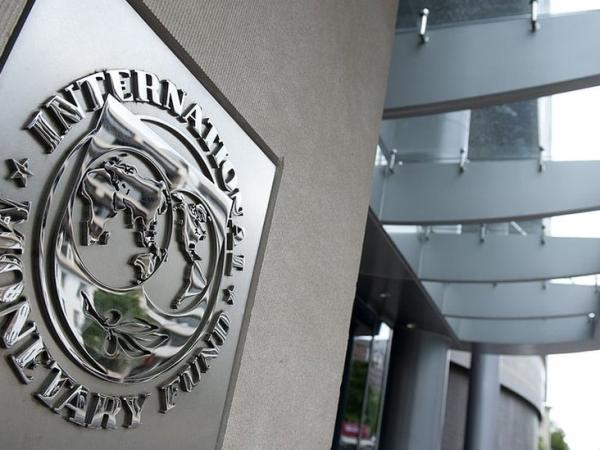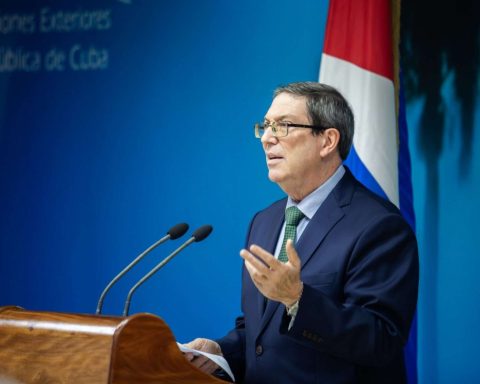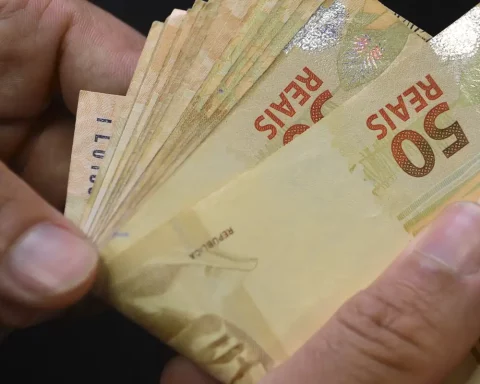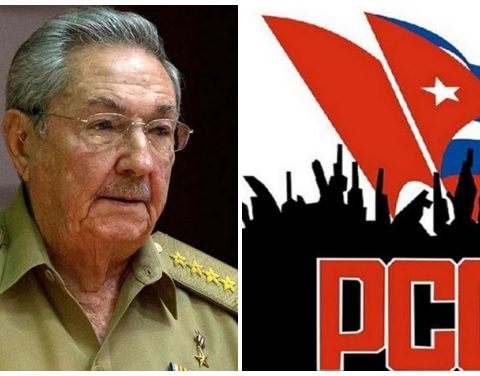Things looked bad for Mexico from the first days of that August 1982.
On the 4th, the British newspaper The Guardian already warned that the country could be forced to modify the schedule of payment of its external debt, which at that time was the largest in the world.
Public debt stood at around US$58 billion and private debt amounted to at least between US$18 billion and US$20 billion.
Only to meet the obligations derived from short and medium-term debt in the remainder of the year, Mexico needed some US$15.6 billion.
Two days later, the government resorted to the second devaluation of the peso in six months, thus going from a value of 27 per dollar in February to 80 per dollar in August.
Shortly after, President José López Portillo said that this devaluation and a partial exchange control that had been imposed were necessary measures to avoid a default on the debt.
In the end, however, that fate could not be avoided and the then Minister of Finance, Jesus Silva Herzog, ended up requesting help from the IMF and negotiating a 90-day moratorium on the payment of Mexico’s public debt with the creditor banks.
That moment is considered the breaking point of the Latin American debt crisis of 1980, which has been “the most traumatic economic episode that Latin America has experienced throughout its history,” according to economist José Antonio Ocampo, a professor at the Harvard University and current Minister of Finance of Colombia.
Curiously, however, one of the factors that strongly contributed to the outbreak of this crisis had nothing to do with the decisions made in the region, but rather with the economic problems of the United States, which then, as now, was facing a significant wave of inflation. .
What happened?
In 1979, the United States was in the midst of a major economic crisis with inflation exceeding double digits for the second time in five years: 11.3%.
The unemployment rate was over 7% and the cost of mortgages and the price of gasoline were skyrocketing.
But in August of that year, the economist Paul Volcker took over as head of the Federal Reserve (Fed), and he would soon begin to try to curb inflation with a harsh maneuver: a ruthless increase in interest rates.
Thus, interest rates increased from 10% in August 1979 to around 19% in January 1981.
Take into consideration that these were the interest rates of the Fed, which are a reference and a floor for the interest rates that people, companies and countries end up paying for their loans.
Interest rate increases caused two recessions in the United States, but ultimately helped bring inflation under control. When Volcker left the Fed in August 1987, inflation was running at 3.4%.
This shock therapy, however, also had serious repercussions in Latin America.
Why?
During the 1970s, macroeconomic imbalances increased in Latin American countries.
Some countries, such as the hydrocarbon exporters, substantially increased their spending taking advantage of the rise in income obtained from the increase in export prices, but even those that did not enjoy this bonanza and whose accounts deteriorated during the decade maintained or They raised their expenses.
Both of them also coincided in increasing their external debt levels considerably.
“The region as a whole tripled its level of external indebtedness between 1975 and 1980, and several countries far exceeded that volume. This dynamic was unprecedented, given the low access to external resources that the region exhibited until 1975,” the former Secretary General wrote. of ECLAC Alicia Bárcena in the introduction to the book “The Latin American debt crisis from a historical perspective”.
In that five-year period, all the countries in the region increased their levels of external indebtedness to significant levels.
In Uruguay, where it grew the least, it increased 74%; while in Venezuela, where it rose the most, the variation was 523%.
Economist Ricardo Ffrench-Davis, a professor at the University of Chile, explains that this indebtedness was favored by a boom in financial globalization generated by commercial banks that began to make loans to Latin American countries.
“They discover Brazil, which is growing very strongly, and Mexico, which were two of the countries with the highest growth rates in the 1960s and 1970s and to which a lot of capital began to arrive. It is a phenomenon for many of the countries medium and large companies in Latin America,” he says.
He explains that in the face of this massive entry of dollars into Latin America, many countries allow their exchange rates to appreciate and begin to accumulate liabilities.
“The accumulated debts are growing, but the lending banks are calm because Latin America is recovering from the oil shock of 1973,” says Ffrench-Davis.
He points out that at that time interest rates were very low because it was a period of financial boom thanks in part to the fact that the oil countries of the world – which had enjoyed a bonanza – had placed their savings in bank deposits, so that the institutions finance companies had plenty of resources to lend.
The debt contracted by Latin American countries in those years had two other characteristics that increased their vulnerability when conditions changed: there was a growing proportion of the debt contracted in the short and medium term; and also that an important part of it had been contracted at variable interest rates.
The proportion of short-term debt doubled between 1975 and 1981, while in the latter year two-thirds of long-term debt was subject to variable interest rates.
“It was these conditions of growing external vulnerability, the progressive rise since 1978 of international interest rates, which was intensified in October 1979 as a result of the monetary and credit control policy measures adopted by the United States Federal Reserve. States to face inflation, which exacerbated the rise in the burden of debt service, which came to represent 47% of exports in 1982 and consequently exacerbated the magnitude of the deficit in the current account of the balance of payments Barcena wrote.
Ffrench-Davis explains how harshly the effect of rising US interest rates was felt.
“Part of the money lent by banks was at a fixed interest rate, but much was at a variable rate. It was adjusted every 3 or 6 months and then, suddenly, there are Latin American countries that go from paying a rate of interest of 5% at interest rates of 15% or 18%, but now it was not with the debt of the years 1973, 1974 or 1975, but with the debt that had accumulated in 1978, 1979 and 1980”, he says.
“They were debt levels that were already very high with a low interest rate, but now they had a high rate,” he adds.
Thus, in the face of this change in conditions, the countries of the region had increasing difficulties in paying their debts and, one by one, were forced to seek renegotiation with their creditors.
Although it is considered to have started with the partial moratorium declared by Mexico 40 years ago, the debt crisis of the 1980s affected 18 countries in the region.
Ricardo Ffrench-Davis assures that its devastating effects are summed up in the name given to that historical period: the “lost decade”.
“The whole of Latin America barely began to raise its nose in 1990,” he points out.
The “lost” thing, however, goes beyond the fact that the region did not advance, but in practice its economies went backwards.
“The region fell from an average of 121% of world GDP per capita to 98%, and from 34% to 26% of GDP per capita in developed countries,” economist José Antonio Ocampo wrote in an article published by ECLAC.
This economic setback also had strong social implications. Thus, for example, poverty increased from 40.5% to 48.3% between 1980 and 1990, according to ECLAC data.
But the historical reality turned out to be worse because, as Ocampo pointed out, “Latin America would only return to the poverty levels of 1980 in 2004, for which in this field there was not a decade, but a quarter of a century lost.”
Remember that you can receive notifications from BBC Mundo. Download the new version of our app and activate it so you don’t miss out on our best content.

















